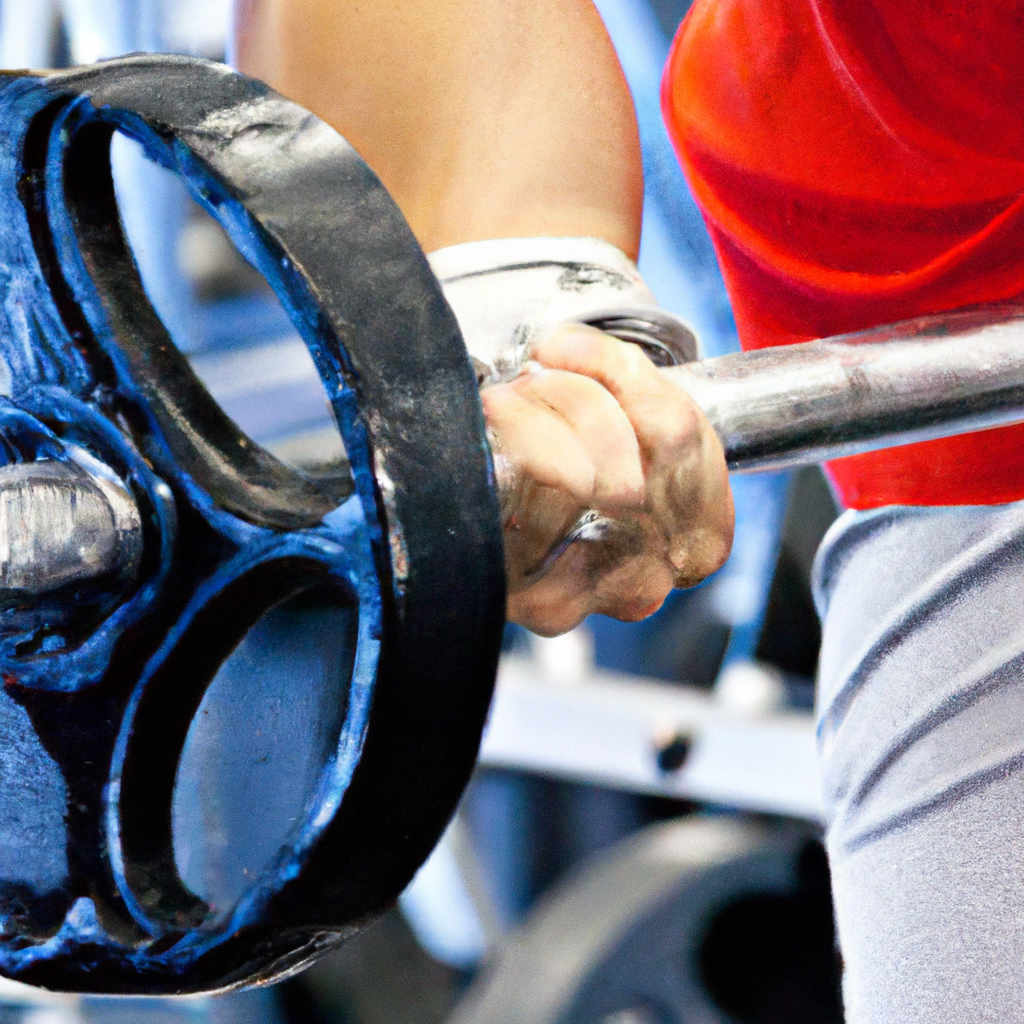Are you looking to improve your deadlift technique? Well, look no further! In this article, we will guide you through the correct form for deadlifts using a barbell. Whether you’re a beginner or an experienced lifter, having the right form is essential for maximizing your gains and minimizing the risk of injury. Join us as we break down the proper stance, grip, and movement pattern to help you perform deadlifts with confidence and efficiency. Get ready to take your deadlifts to the next level!
What’s the Correct Form for Deadlifts Using a Barbell?

Overview of the Deadlift Exercise
The deadlift is a compound exercise that primarily targets the muscles in your lower body, including your glutes, hamstrings, and quadriceps. It also engages your core muscles, back, and forearms. Mastering the correct form for deadlifts is crucial to ensure you are using the right muscles and minimizing the risk of injury.
Importance of Proper Form
Using proper form during deadlifts is essential for several reasons. Firstly, it helps to maximize the effectiveness of the exercise by targeting the intended muscle groups. Additionally, maintaining correct form reduces the risk of injury and strain on your joints and muscles. By practicing proper form, you can also gradually increase the weight you lift, leading to progressive strength gains and improved overall performance.
Benefits of Deadlifts
Deadlifts offer a wide range of benefits beyond just building strength. This compound exercise promotes muscle development in your posterior chain, which includes your glutes, hamstrings, and lower back. Deadlifts also enhance grip strength, improve posture, and can positively impact your athletic performance and functional movements. Incorporating deadlifts into your workout routine can lead to improved overall strength, power, and stability.
Muscles Worked During the Deadlift
The deadlift is a full-body exercise that engages multiple muscle groups simultaneously. The primary muscles targeted are the glutes, hamstrings, and quadriceps, which are responsible for pulling the weight off the ground. Additionally, your erector spinae muscles, located along your spine, and your core muscles, including your abs and obliques, play a crucial role in maintaining proper form throughout the movement. Grip strength is also challenged during the deadlift, as the barbell is held securely in your hands.

Setting Up for the Deadlift
Before performing a deadlift, it is important to set up properly to ensure optimal form and safety. Begin by placing the barbell on the ground in front of you. Position your feet hip-width apart, with your toes pointing slightly outwards. Stand close enough to the bar that it almost touches your shins. When gripping the barbell, your hands should be just outside your legs.
Proper Grip on the Barbell
There are two common types of grips used during deadlifts: the overhand grip and the mixed grip. The overhand grip involves placing both palms facing down, with your thumbs wrapped around the bar. This grip is suitable for beginners and helps to improve grip strength. The mixed grip involves using one overhand grip and one underhand grip, with your palms facing in opposite directions. The mixed grip provides a more secure hold on heavier weights, but it is important to alternate your hand positioning to maintain balance and symmetry.
Starting Position
To begin the deadlift, bend your knees while keeping your back straight and chest up. Lower your hips until your shins touch the bar, ensuring that your weight is evenly distributed through your feet. Your shoulders should be slightly in front of the bar, and your arms should hang straight down. Engage your core muscles to maintain stability, and take a deep breath to brace your abdomen.
Executing the Lift
To execute the lift, push through your heels, keeping your back straight as you stand up. Maintain a slow and controlled movement, focusing on engaging your glutes and hamstrings. As you lift the barbell, keep it close to your body, maintaining contact with your shins and thighs. Once you reach a fully upright position, squeeze your glutes and pause momentarily before gradually lowering the barbell back to the starting position.
Common Mistakes to Avoid
When performing deadlifts, it is important to be aware of common mistakes that can compromise your form and safety. One common error is rounding your back, which places excessive stress on your spine. Keep your back straight throughout the movement to prevent injury. Another mistake is lifting with your arms instead of your legs, which can strain your back and shoulders. Remember to drive through your heels and use the power of your lower body muscles to lift the weight.
Variations and Modifications
There are various variations and modifications of deadlifts that can target different muscle groups or accommodate specific needs. Sumo deadlifts, for example, involve a wider stance, with your toes pointing more outward. This variation places more emphasis on the inner thighs and glutes. Romanian deadlifts focus on hamstring development by placing greater emphasis on the eccentric phase of the lift. Additionally, using dumbbells or kettlebells instead of a barbell can provide an alternative way to perform deadlifts while engaging stabilizer muscles.
In conclusion, mastering the correct form for deadlifts using a barbell is vital to ensure you are effectively targeting the intended muscle groups and avoiding injury. By following the proper setup, grip, and execution techniques, you can experience the multitude of benefits deadlifts have to offer. Remember to prioritize maintaining a straight back, focusing on engaging your legs rather than your arms, and avoiding common mistakes. With practice and patience, you can improve your deadlift technique and reap the rewards of this powerful exercise.
